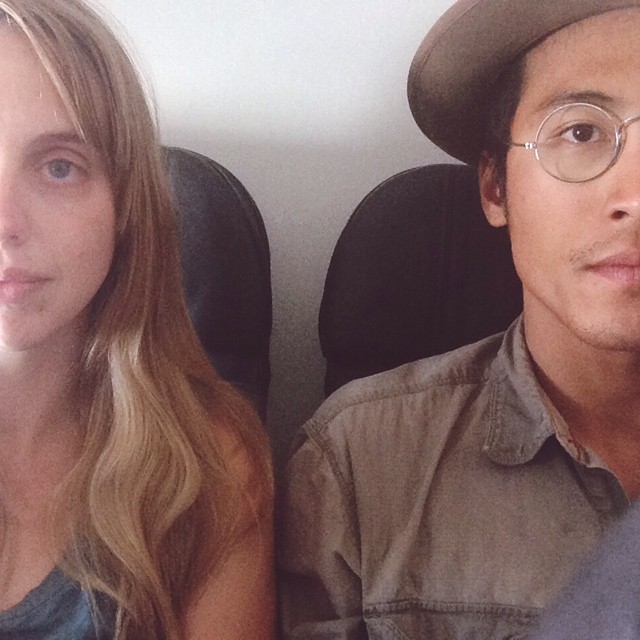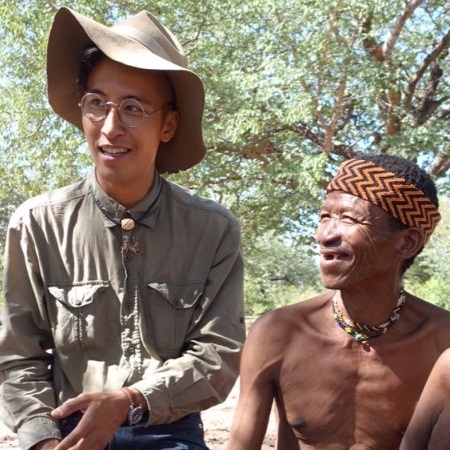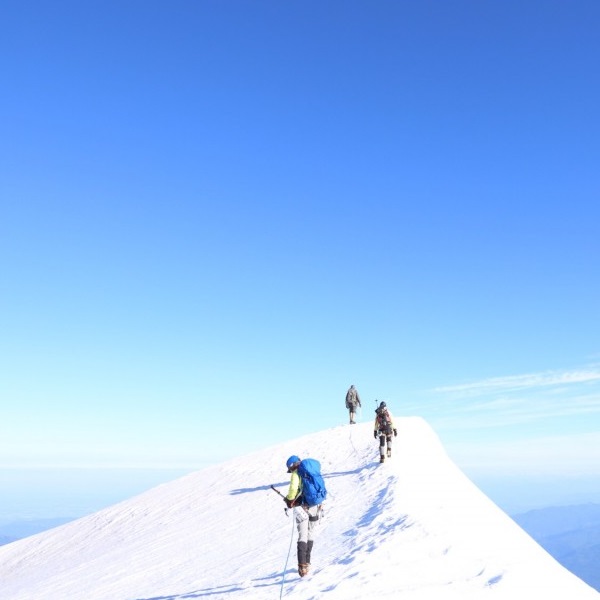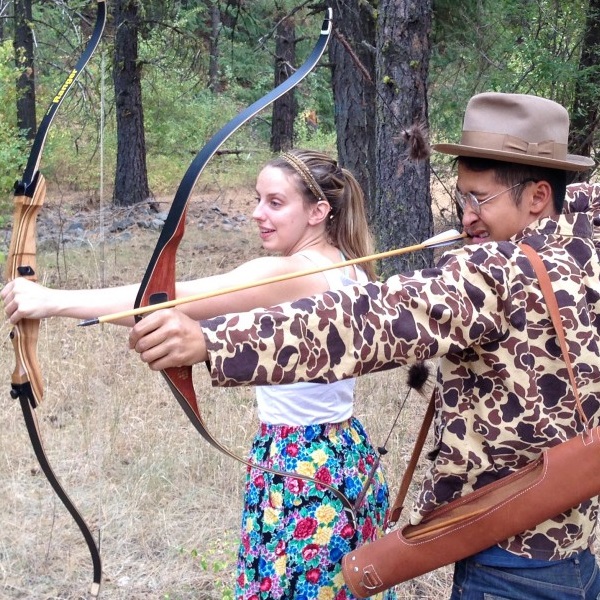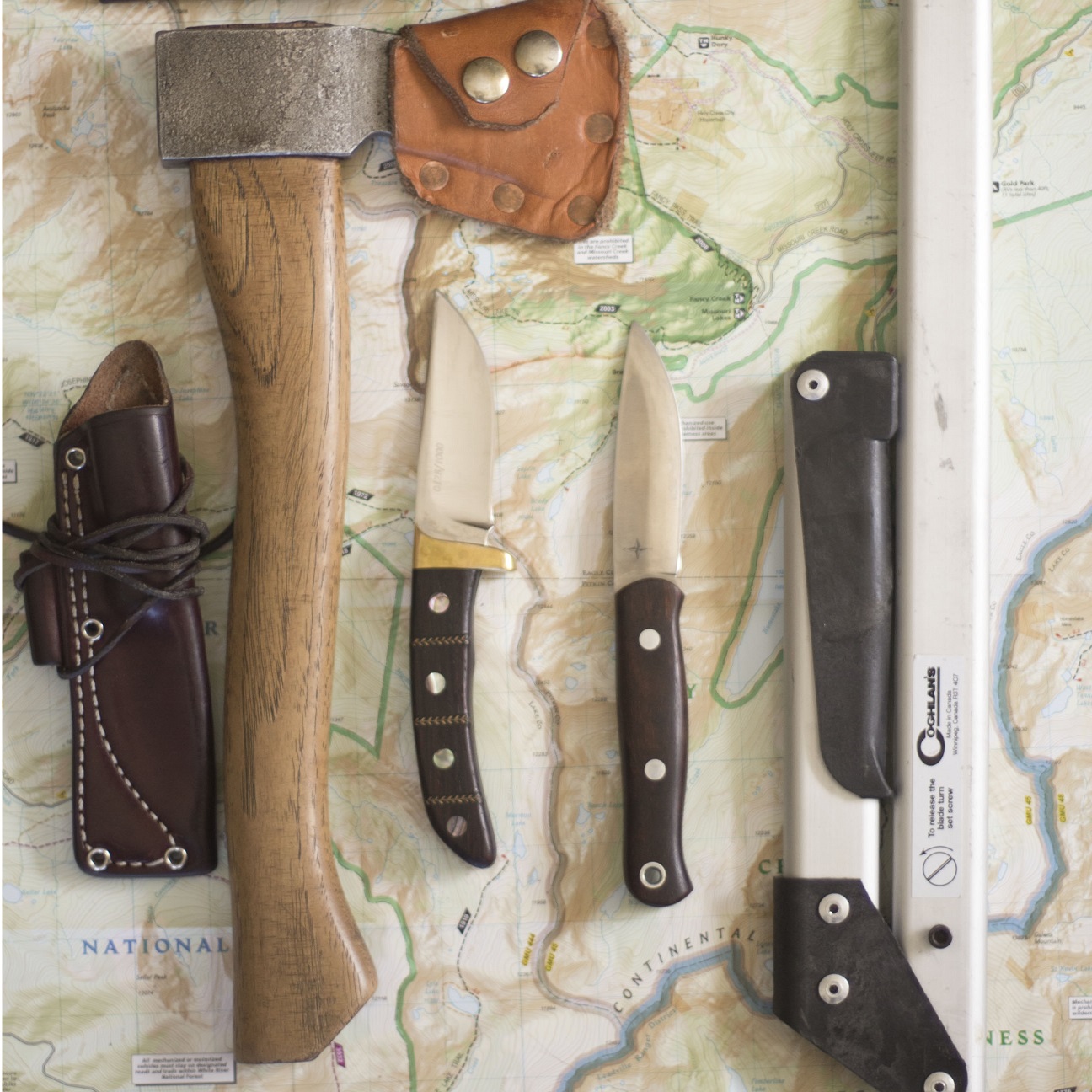The agreement was signed on December 5, 2002 in Washington, D.C. by Bertin Cété (Deputy Head of Mission, Canadian Embassy) and Arthur E. Dewey (Assistant Secretary of State for Population, Refugees and Migration, United States). SIX: The agreement makes the U.S.-Canada border less secure Before the third-country national security agreement, the applicants arrived at the border in an orderly procedure, were questioned and subjected to a security investigation. Now, people who need protection from Canada must look for ways to cross the border irregularly. This was the experience of Germany when the rules were changed in the same way: the people staying at the border no longer made any complaints and appeared within the country. The main beneficiaries of the agreement on the security of third-country nationals will be human traffickers and traffickers. Julie Taub, an immigration and refugee lawyer, says the Canada Border Services Agency has lost capacity since the agreement was put in place in late 2004 and would be “overwhelmed” if the agreement was repealed. [23] In his statement, Blair stated that the agreement with the United States remained a “complete vehicle” for establishing a compassionate, fair and orderly refugee protection system, based on the principle that people should seek asylum in the first safe country where they arrive. Federal Judge Ann Marie McDonald ruled that the agreement violated part of the Canadian Charter of Rights that states that laws or actions of the state that encroached on life, liberty and security must be consistent with the principles of fundamental justice. In addition to meeting the exemption criteria under the agreement, applicants must meet all other eligibility criteria for immigration legislation for the country in which they apply for status.
Although refugees entering Canada at official border crossings are generally returned to the United States, they would not be returned if they crossed at locations between designated ports of entry; In this case, their demands will be heard and many immigration experts see it as a loophole within the agreement. [6] [7] TEN: Canada slams the door on refugees. The goal and impact of the agreement is to reduce the number of refugees who can apply for refugee protection in Canada. In implementing this agreement, Canada is partnering with a sad group of countries that are adopting the “not in my backyard” approach for refugees. Even before the introduction of the Third Country Security Agreement, 2004 is expected to be the lowest year for refugee applications in Canada. Canada hosts less than a quarter of the world`s refugees. Why should we cut our share again? Canadian refugee advocates have strongly opposed the agreement and say the United States is not always a safe country for people fleeing persecution. The agreement, which allows any country to deport asylum seekers trying to apply for refugees at official border crossings, was declared unconstitutional by the Federal Court of Justice in July. During World War II, Canada refused to protect Jewish refugees fleeing Nazi persecution. The slogan of that time was “Nobody is too much!” – a Canadian official`s answer to the question of how many Jewish refugees Canada would receive. The Canadian Council for Refugees calls the U.S.-Canada agreement a “None is too much” agreement because it is about keeping refugees away, as we closed the door to Jewish refugees in the 1930s and 1940s. Canada “continues to actively engage” with Washington in the refugee pact and ensures that the agreement reflects Canada`s commitment to its international obligations “while continuing to work on how we manage our shared border,” he added.
Conventions on safe third-country nationals are not explicitly mentioned in the 1951 Refugee Convention or the 1967 Status Protocol.

